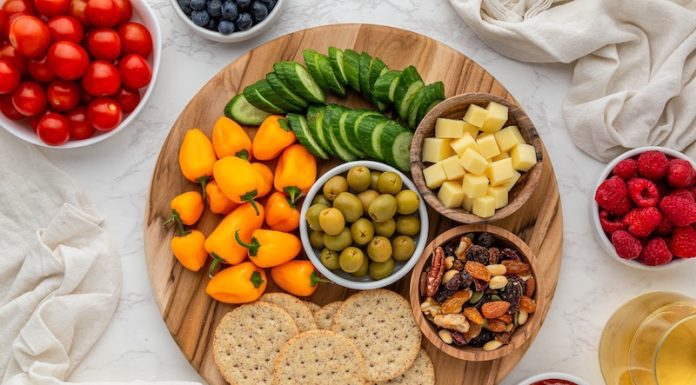
High blood pressure, or hypertension, is a common health issue that increases the risk of heart disease, stroke, and kidney problems.
While medication can help control it, many people are looking for natural ways to lower their blood pressure.
One of the most effective and well-researched options is the DASH diet. DASH stands for “Dietary Approaches to Stop Hypertension,” and it’s a way of eating that focuses on heart-healthy foods. Scientists have studied the DASH diet for years, and the evidence shows that it works.
The DASH diet is designed to include foods that are naturally low in sodium and high in nutrients like potassium, calcium, and magnesium. These nutrients help relax blood vessels and keep blood pressure in a healthy range.
The diet emphasizes fruits, vegetables, whole grains, lean proteins (like chicken, fish, and beans), and low-fat dairy products. It also encourages cutting back on foods high in salt, sugar, and unhealthy fats.
Research has shown that following the DASH diet can lower blood pressure significantly, even in people with severe hypertension.
In one large study, participants who followed the DASH diet for eight weeks saw their systolic blood pressure (the top number) drop by an average of 11 points, and their diastolic blood pressure (the bottom number) dropped by 6 points.
These results were comparable to what you might expect from starting blood pressure medication.
One of the key benefits of the DASH diet is its focus on reducing sodium intake. Most people eat far more sodium than they need, mainly from processed and restaurant foods.
The DASH diet limits sodium to about 1,500–2,300 milligrams per day, which is much lower than the average daily intake of 3,400 milligrams. Cutting back on sodium helps prevent water retention and reduces the pressure on blood vessel walls.
Another reason the DASH diet is so effective is its emphasis on potassium-rich foods. Potassium helps balance the effects of sodium and lowers blood pressure by relaxing blood vessels. Bananas, oranges, sweet potatoes, spinach, and beans are all great sources of potassium that are included in the DASH diet.
The DASH diet isn’t just about what you cut out—it’s also about what you add in. Foods high in calcium and magnesium, like leafy greens, nuts, seeds, and low-fat dairy, play a crucial role in maintaining healthy blood pressure.
These nutrients help regulate the contraction and relaxation of blood vessels and keep your heart beating steadily.
Beyond lowering blood pressure, the DASH diet has other health benefits. It’s been shown to help with weight management, reduce the risk of heart disease, and improve overall health.
Because it focuses on whole, unprocessed foods, the DASH diet is also a great way to get more fiber, vitamins, and minerals into your daily meals.
One of the best things about the DASH diet is that it’s flexible and doesn’t require cutting out entire food groups or following complicated rules. Y
ou can tailor it to your preferences and gradually make changes, such as adding an extra serving of vegetables to dinner or swapping salty snacks for fresh fruit or nuts. These small steps can add up to big improvements in your health.
In summary, the DASH diet is a proven and practical way to lower high blood pressure. It’s supported by years of research and offers a variety of delicious, nutritious foods that benefit your heart and overall health.
If you’re looking for a natural approach to managing blood pressure, the DASH diet is an excellent place to start. Simple changes in your eating habits can make a big difference in your health and help you feel your best.
If you care about high blood pressure, please read studies about unhealthy habits that may increase high blood pressure risk, and drinking green tea could help lower blood pressure.
For more information about high blood pressure, please see recent studies about what to eat or to avoid for high blood pressure, and 12 foods that lower blood pressure.





